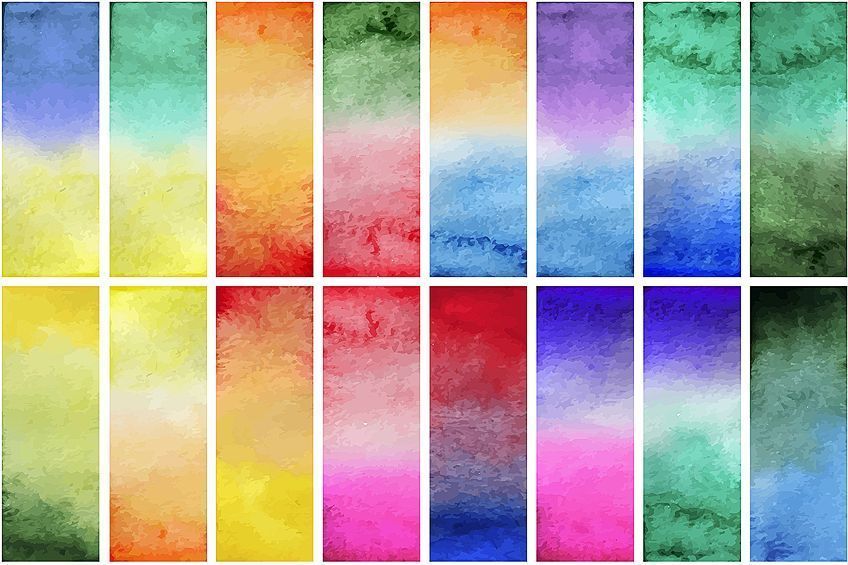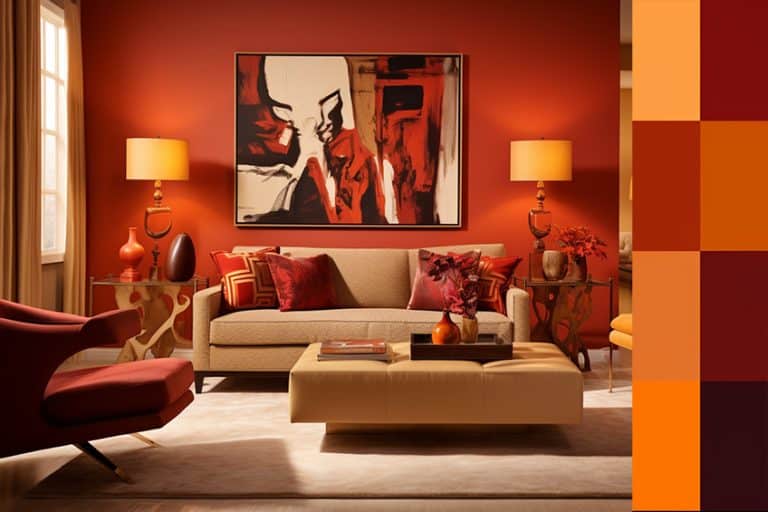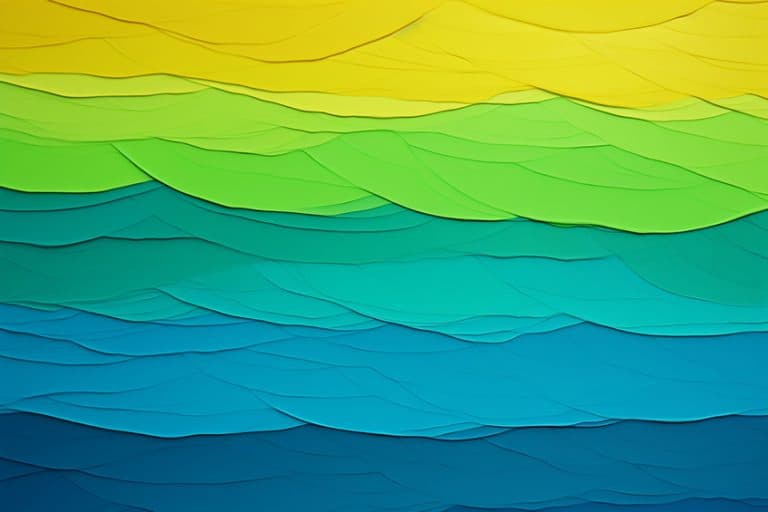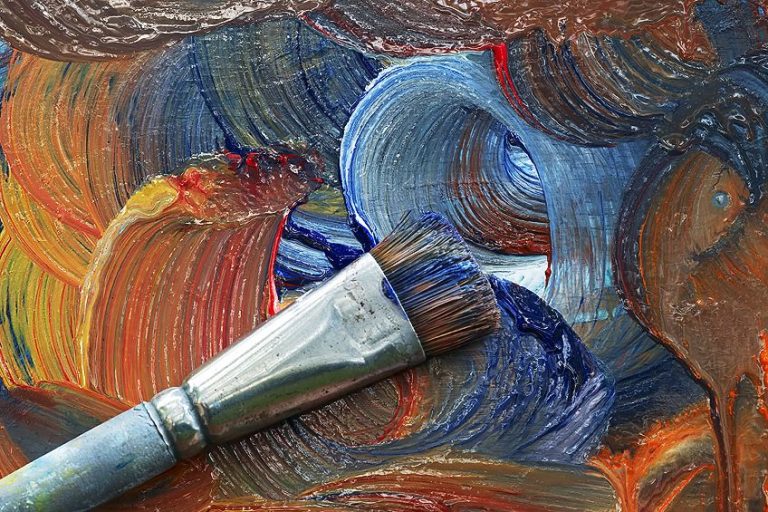Color Emotions – Exploring Colors Associated With Emotions
Many people, when reading poetry or a touching story, can become emotional. This is also true when looking at an image or photograph, which can elicit certain emotions. In a very similar way, when the correct colors are used in art and paintings, they can be just as powerful on emotions. A painter can reflect their own emotions, or even produce feelings in others. Let us now consider what color emotions can be triggered in art.
What Is Color?
First, it might be a good idea to understand what color is. Color is energy that is evident all around us, all the time. Our whole cosmos abounds in electromagnetic radiation, which includes microwaves, radio waves, ultraviolet light, gamma-rays, X-rays, and visible light. Visible light is only a minor part of the radiation spectrum that we as humans can see. White light, in its purity, consists of all of the visible colors, and since light can perform or behave as a wave, so each color has its very own wave frequency.
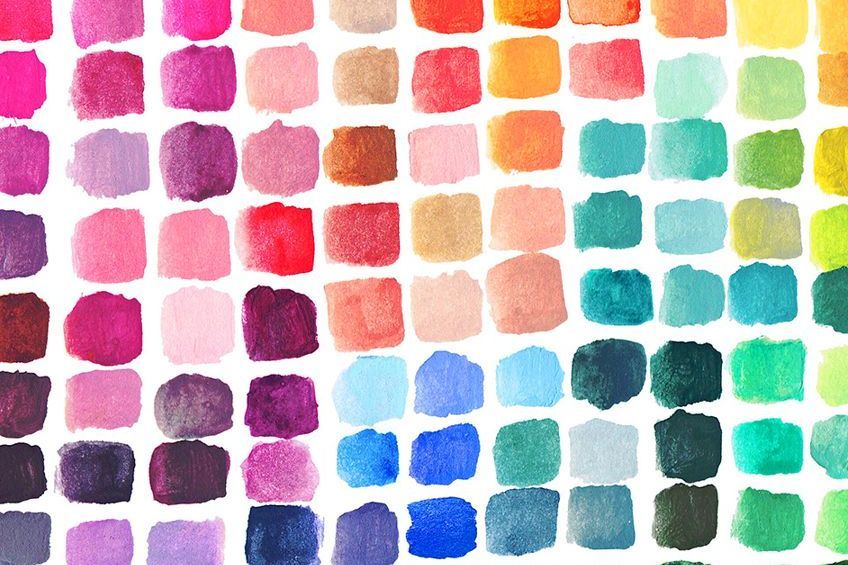
Therefore, starting with red, which has the lowest frequency, then passing through all the colors of the rainbow, each frequency increases until you get to violet, which has the highest frequency. All people see color when certain wavelengths of light get absorbed by certain objects, and other colors are reflected or refracted back to your eye.
This happens when you look at an apple and see it is red, this means that all the other colors in the apple are absorbed, except for the red color, permitting only the red color to reflect back to the viewer.
A Brief History of Color
In the late 1660s, Sir Isaac Newton discovered the color spectrum when he unitized a prism to refract white light into composite colors like yellow, blue, red, green, violet, orange, and indigo. However, even further back thousands of years, color psychology was used by the ancient Egyptians to study what effects different colors had on people’s moods, and they used this information for holistic and health benefits.

There is an Egyptian word, iwn, which means “color”, and in translating the word, you come up with words like “character,” “nature” and “complexion”. These words make it clear that color was fundamentally linked to personality in those times. Then the Greeks, Chinese, and Romans further adopted the theory that color affects moods.
In 1810, Johann Wolfgang von Goethe, a German artist, published his theory that the psychology of color is linked to emotions and moods.
In later years, Carl Jung, a Swiss psychiatrist, developed this theory further, which led to his findings of art theory to assist people in overcoming trauma. Today, mood colors are still used in paintings and art, but it is also used in areas like marketing, and advertising.
What Are Color Emotions?
Everyone has their favorite color, but we may not understand the full impact that colors have on our moods, and in the choices we make every day. This could include decisions we make regarding the food we eat, or what clothing we choose to wear. Colors may even affect how productive we are at our workplace or affect how we feel in our own homes.
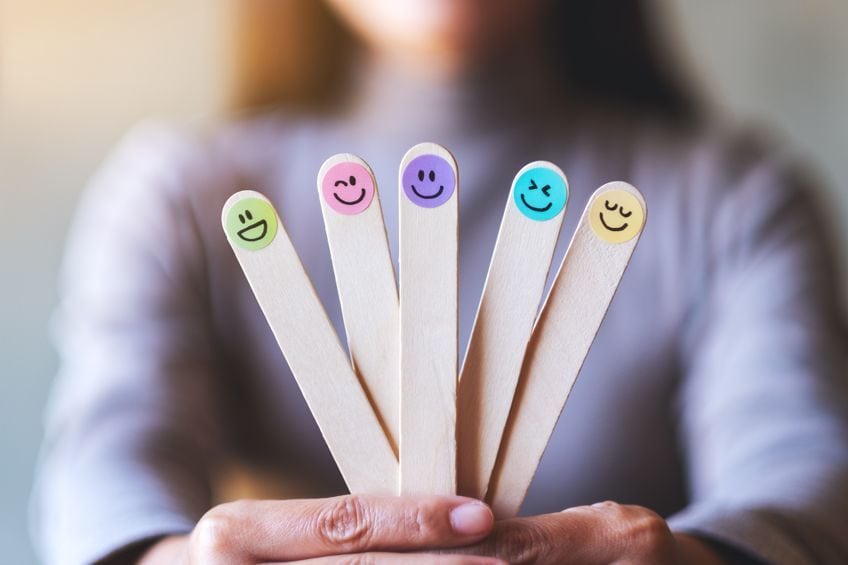
Each individual may be different when it comes to the influence colors have on emotions. This may be because of different cultural experiences, personal preferences, or other experiences. However, certain colors will produce different emotions in the majority of people. It is vital that artists understand the full meaning of color psychology, as this enables them to harness its effects.
What Are the Various Colors Associated With Emotions?
As we have already discussed, colors and emotions are very closely linked. To understand colors better, you should also learn more about color theory. For example, there is the color wheel, which visually represents colors and makes it easier to decide what colors work well with one another. Red, yellow, and orange are also considered warm, and these will produce different color emotions than cooler colors like blue and green.
Color emotions can also be linked to muted colors, which have different psychological effects than brighter colors.
Different mood colors can make you feel sad or happy, relaxed, or can even stimulate your appetite. Many of these colors associated with emotions are deeply rooted in culture, psychological experiences, and biological conditioning. This is why we need to understand the psychological effects colors will have on all individuals.
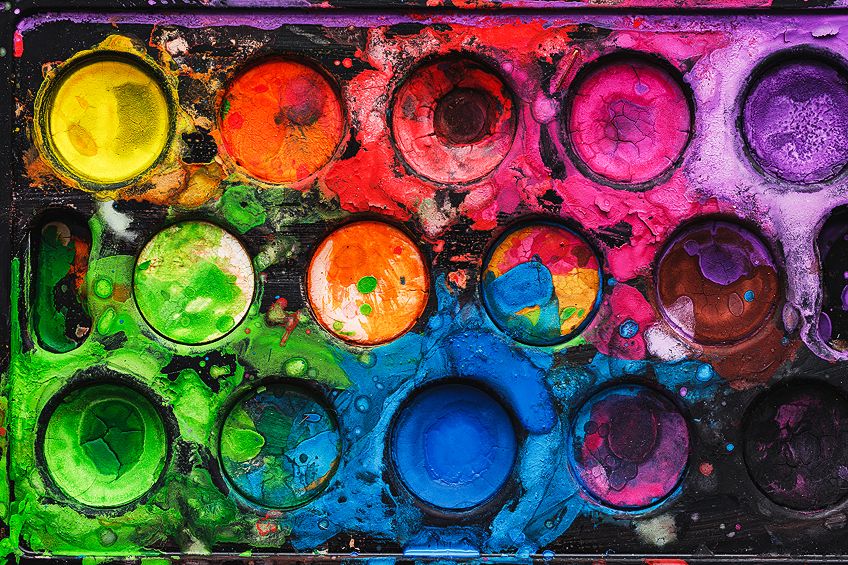
When you enter a room that has been painted yellow, do you feel anxious, or when you look at the color blue, do you feel relaxed and calm? It has been proven that certain colors can be a strain on your eyes and can also increase your blood pressure. Let us now consider the different colors representing emotions, and how they can impact our behavior and moods. Along with each color, we have provided a color emotion chart for easy reference.
The Color Red
Red, a primary color, means you cannot mix colors to produce red. Red is a warm or hot color and is associated with violence, anger, warfare, fire, passion, and love. Red can have an actual physical effect on people, for example, red can raise blood pressure and respiratory rate. The color may even affect metabolism. The color red can also be associated with concepts like importance, for example, rolling out the red carpet is only done for certain people. Red can also imply danger, which is usually used as a warning label, or in things like red traffic lights.
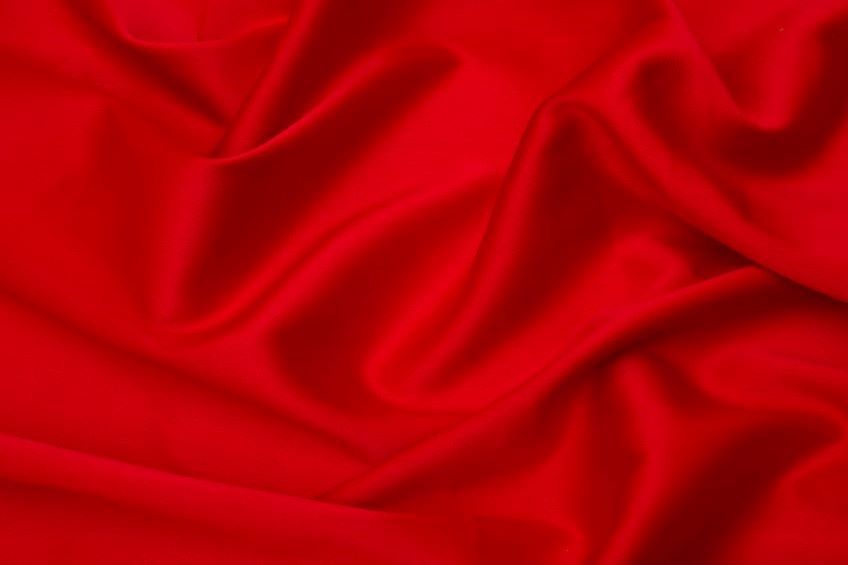
However, other cultures might view red colors differently. For example, the color Chinese red is associated with happiness, prosperity, and even good luck. In many eastern cultures, red is the color worn by the bride on her wedding day. Recently, in Africa, red has been associated with AIDS awareness because of the widespread “RED” campaign.
In painting and design, red is a very powerful color, and if used too much, can have an overpowering effect.
However, it is an excellent color to use when you want to portray passion or power. The brighter versions of red can be more energetic, while the darker shades of red are more elegant and powerful. Below is a color emotion chart for the color red that summarizes the color emotions.
| Color | Positive Emotions | Negative Emotions |
| Red | Boldness, love, life (blood), beauty, courage, energy, and passion | Aggression, hate, lust, pain, and anger |
The Color Orange
Orange is a secondary color and can be created by combining red and yellow. What color means happy? The color orange radiates happiness and warmth as it combines the cheerfulness of yellow with the energy of red. Orange can stimulate vitality, enthusiasm, and courage. The color orange is a very energetic and vibrant color, and when used in its muted form, it is associated with autumn and the earth. This is why it is associated with change, for example, seasonal changes.
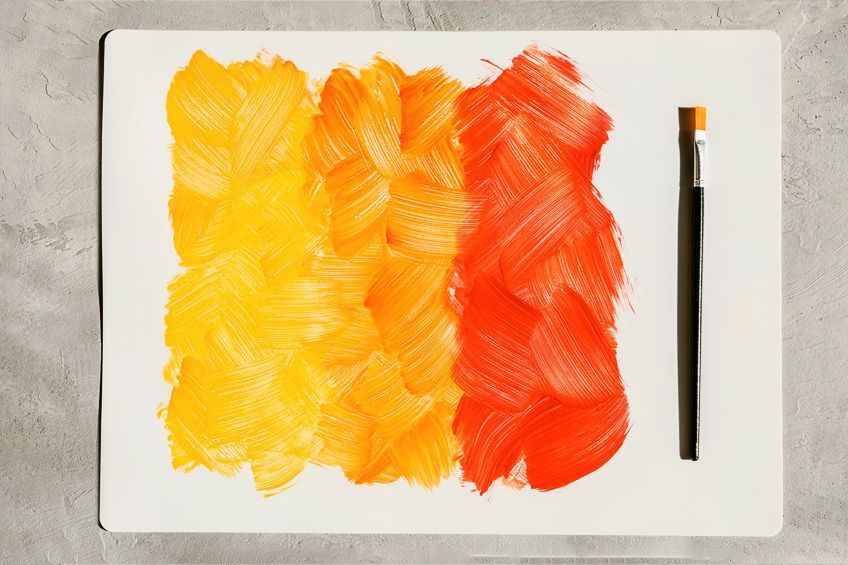
The vibrant orange color is also very strongly associated with creativity. Due to its connection with the orange fruit, it also is associated with vitality and health. In painting and design, orange is not as overpowering as the color red but is considered to be more inviting and friendly. Below is the color emotion chart for the color orange.
| Color | Positive Emotions | Negative Emotions |
| Orange | Excitement, happiness, enthusiasm, courage, self-confidence, warmth, joy, and optimism | Insincerity, pride, superficiality, disorder, temptation, and pessimism |
The Color Yellow
Yellow is another primary color. If you are unsure what color means happy, yellow is it. The color yellow is the most energizing and the brightest of all the warm colors and is associated with sunshine and hope. However, is also associated with cowardice and deceit. Yellow is also connected with danger but not as much as the color red. It has been known that families that have loved ones at war wear yellow ribbons. However, in other cultures like the Egyptians who wear yellow when in mourning, in Japan, yellow represents courage, and in India the color yellow is used by the merchants.

In your paintings and designs, when bright yellow is used it lends itself to a sense of cheerfulness and happiness. Softer yellows are used more for things like clothing and décor for babies and young children. The use of light-yellow colors gives you a calming effect, while darker yellows are used when you want a more permanent and antique image. Let us have a look at the color emotion chart below for the color yellow.
| Color | Positive Emotions | Negative Emotions |
| Yellow | Happiness, hope, energy, confidence, joy, power, forgiveness, creativity, and warmth | Deceit, cowardice, fear, criticalness, impatience, spite, and lack of compassion |
The Color Green
Green is another secondary color and can be created by combining blue and yellow. The color green is a very practical and realistic color, and it signifies growth, abundance, new beginnings, and renewal. On the negative side, green can also signify jealousy and envy. Green possesses some of the attributes of the color blue like being calming, however, it can also include some energy from the color yellow.

In your paintings and designs, green can relate to nature, stability, and wealth, and has a balancing effect that makes it a very stable color. Bright greens can be used when you want a vibrant and energizing effect, while olive greens are more earthy. Darker greens are more stable and can represent prosperity and wealth. Find the color emotion chart for the color green below.
| Color | Positive Emotions | Negative Emotions |
| Green | Abundance, renewal, growth, calmness, practicality, generosity, sympathy, and compassion | Envy, jealousy, selfishness, greed, deviousness and lack of experience |
The Color Blue
Blue is the final primary color. The color blue is used a great deal to depict responsibility and calmness. However, blue is often linked to feelings of sadness or depression. Light blue colors can indicate friendliness and are refreshing. When it comes to dark blues, they add more strength and reliability. The color blue, in many religions, cultures, and traditions, is associated with peace, where the Virgin Mary was often portrayed wearing blue robes.
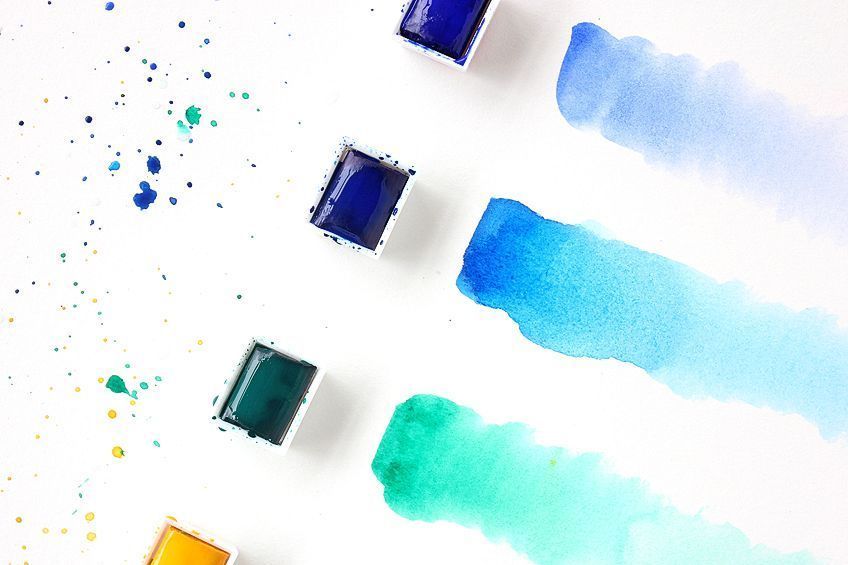
What color Is trust? Yes, it is blue because of its calming nature and the way it makes you feel safe. The effect of the color blue depends largely on the exact hue and shade you use, so in your paintings and designs, the exact shade of blue you decide to use will have a major impact on how your artwork. Light blue colors have a calming and relaxing effect, while dark blues, like navy blue, for example, need to be used where you want to show reliability and strength. A bright blue color can be considered refreshing and energizing. Below is the color emotion chart for the color blue.
| Color | Positive Emotions | Negative Emotions |
| Blue | Calmness, refreshing, peace, relaxing, reliability, stability, compassion, confidence, peace, trust, and security | Sadness, coldness, unfriendliness, lack of emotion, unreliability, and depression |
The Color Purple
Purple is a secondary color and can be produced by blending red and blue. In the very early times, the dyes that were used to create purple were extracted mainly from snails, thus making it very expensive and only the very wealthy and royalty could afford it. The color purple is made up of blue and red and therefore acquires some of the attributes of both colors, using the red energy and the calmness of blue.

What mood is purple? Purple stimulates self-awareness and is associated with imagination and creativity. The color purple has always created a supernatural and powerful aura, which is often depicted in religious celebrations and is also an excellent color for meditation. Purple encourages innermost thoughts and self-knowledge and keeps the body, mind, and soul in harmony.
Purple is the last or seventh color of the rainbow and is unique, uplifting, beautiful, compassionate, and enticing.
The uses of dark purples can be connected to royalty as well as wealth, whereas light purples, like lavender, are seen as more romantic. In your painting and design, the use of dark purples is associated with luxury and wealth, whereas light purples depict more romance and spring. Below is the color emotion chart for the color purple.
| Color | Positive Emotions | Negative Emotions |
| Purple | Creativity, romance, wisdom, self-awareness, enticement, passivity, introspection, truth, wisdom, and compassion | Arrogance, immaturity, emotion, cynicism, pomposity, corruption, grief, pride, sorrow, solitude, and impracticality |
Can Neutral Colors Also Be Linked to Color Emotions?
Neutral colors are muted color shades that give the impression of no color, but they possess underlying hues that alter with different lighting. Some neutral colors that we are going to discuss in this article are gray, brown, black, and white. Although neutral colors do not appear on the color wheel, they also play an important part as colors that represent emotions.

When painting, if you combine the primary colors blue, red, and yellow, you will produce a color close to black and by mixing complementary colors, a shade of brown or black. Neutral colors can become quite complex as you begin to mix different colors, creating undertones and other colors. For example, greige, which is a mixture of beige and light gray and produces a gray with a yellowish undertone. Neutral colors are often used in the backdrop of your paintings or designs and are usually combined with bright colors. However, the color can be used alone, creating some very sophisticated layouts.
The impression and meaning of neutral colors are influenced by the colors that are found around them.
The Color Brown
The color brown is a warm and natural color and is associated with stone, earth, or wood. Brown is associated with steadfastness, dependability, friendliness, and reliability, but can be considered a very dull color. Brown is regarded as a sincere, honest, and genuine color and gives reassurance and confidence, and never seeks attention but is satisfied to remain in the background.

The color brown, together with the color green, are predominant colors on our planet, where brown brings stability and comfort, and green is rejuvenating and balancing. These colors are exactly what we all need in this modern and stressful world we find ourselves in. The feelings, meaning, and emotions of the color brown vary depending on the colors you use in combination with brown. In your paintings and designs, brown is often used as a background color, can be found in stone and wood textures, and can bring warmth to a painting. Below is the color emotion chart for the color brown.
| Color | Positive Emotions | Negative Emotions |
| Brown | Strength, reliability, dependability, security, confidence, honesty, sincerity, and safety | Sadness, loneliness, boringness, stinginess, predictability, materialism, and cheapness |
The Color Black
Of all the neutral colors, the color black is the strongest, absorbing all colors and is the absence of light. Black interacts with the unknown, the secretive, and the hidden, and in so doing, it creates the impression of mystery as it keeps everything inside hidden from the rest of the world.
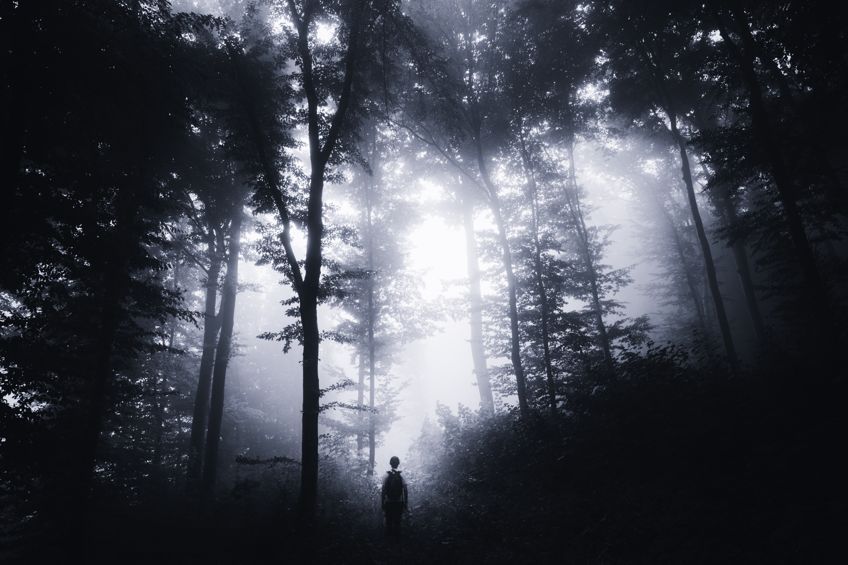
So, any emotions are protected from external stress, but it also hides a lack of self-confidence, vulnerabilities, and insecurities. We all use black in our lives at some time or other to hide our feelings and fears from the world around us.
The color black is associated with control and power; it is unfriendly and intimidating as it excludes everything from being revealed.
However, black can also absorb negative energy and suggests discipline and independence and gives a false impression of power and authority. In most western countries, black is associated with mourning and is worn at funerals, and is also associated with the occult and Halloween. In your paintings and designs, black is mostly used for mixing with other colors to make them darker. Below is the color emotion chart for the color black.
| Color | Positive Emotions | Negative Emotions |
| Black | Strength, mystery, protection, comfort, confidence, power, and self-confidence | Depression, sadness, negativity, unfriendliness, intimidation, and insecurity |
The Color White
The color white is the complete opposite of the color black and contains all the colors and is representative of both negative as well as positive traits. White features fairness, equality, and neutrality. This means white is impartial as well as an inclusive color. White depicts virtue, purity, simplicity, and cleanliness, is a color of illumination and insight, and is always associated with learning and knowledge.
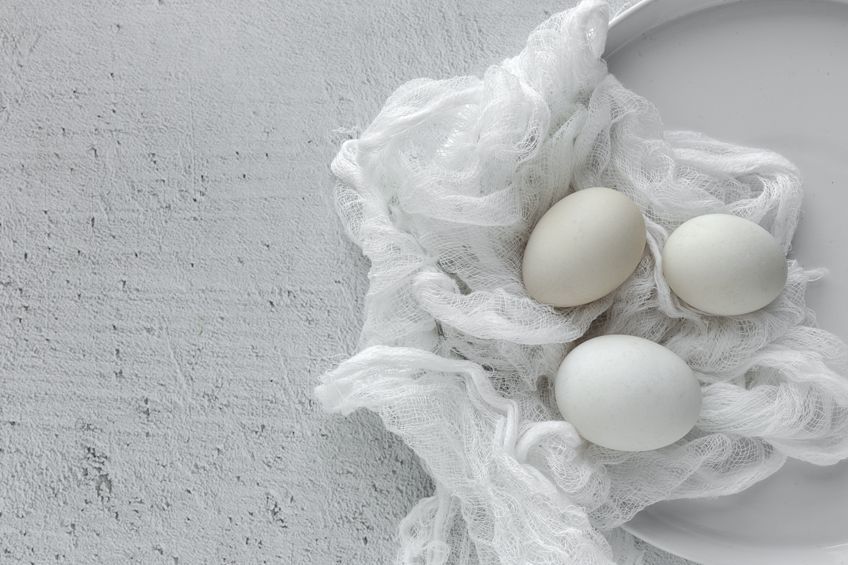
White is a complete reflection of growth, openness, and creativity, and is a color for peace, calm, comfort, and hope for any emotional upheaval in your life. White is a color that is often worn by brides on their wedding day and is also found in the healthcare industry as doctors, nurses, and other healthcare workers all wear white.
In some Eastern cultures, white is associated with mourning and death and is worn by widows in places like India.
In your painting and design, the color white is viewed as a neutral backdrop and allows all the other colors to have pre-eminence. White conveys simplicity and can portray summer or winter depending on what other colors are surrounding it. Below is the color emotion chart for the color white.
| Color | Positive Emotions | Negative Emotions |
| White | Cleanliness, purity, freedom, simplicity, virtue, innocence, openness, peace, calm, hope, and self-sufficiency | Impersonality, distance, coldness, boringness, isolation, emptiness, caution, and lack of imagination |
The Color Gray
The color gray is a neutral color and falls into the category of cool colors on the color spectrum. Gray is a detached, unemotional, compromising, indecisive and impartial color. Gray is a compromising color as it is neither white nor black. The nearer gray gets to white, the brighter it becomes, but the nearer it gets to black, it develops into a more dramatic and mysterious color.

The color gray is a stable and solid color and is reserved and quiet, and never excites, energizes, or stimulates, and can be depressing and boring. On the one hand, gray can be formal and elegant. When gray comes into contact with other colors, it tones down the brighter and stronger colors and illuminates the softer colors.
Gray is hardly ever a perfect mix of black and white but often contains elements of other colors like pink, green, blue, or yellow.
If you use too much gray, you can create the impression of loneliness, depression, and sadness. In your paintings and designs, gray can be used for formality and sophistication and is often used as a background color. Below is the color emotion chart for black.
| Color | Positive Emotions | Negative Emotions |
| Gray | Reliability, maturity, solidness, stability, elegance, calmness, impartiality, dignity, conservativeness, and dependability | Indifference, depression, lifelessness, loneliness, sadness, boringness, and indecision |
Applying Color Emotions in Everyday Situations
In the art world, certain colors or combination of colors applied to a canvas convey certain emotions to the viewers. Artists can explore their emotions in the colors they use in their paintings. Anybody can take up a brush, choose some paint colors, and paint, it does not have to be perfect. Art is, therefore, not merely a form of expression, it becomes therapeutic as well.
Children can also be taught to express their feelings through color and art. Not only can they paint their own creations, but other famous paintings can also be used to teach about color and emotions. For example, take a look at paintings from Picasso during his Blue Period and then have them share how the painting makes them feel and what emotions they think Picasso was feeling when he did the paintings. Since color is a part of our lives, there are many other ways it can influence us besides art.
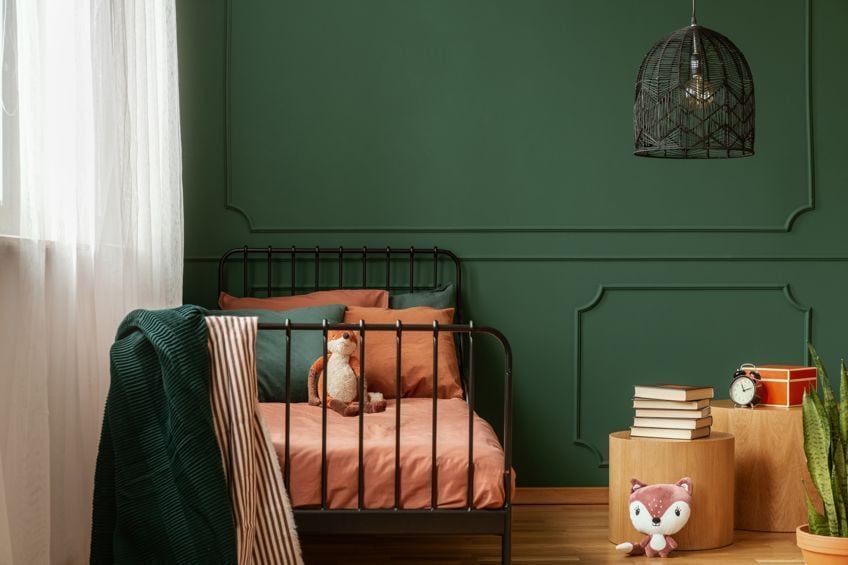
If you want to create a more relaxing atmosphere in your home and increase your energy levels, then the colors you use on your walls and the décor you choose can help. The best colors for this type of atmosphere include your creams, pale blues, and greens, which will provide you with a light and relaxed feeling. The color orange is considered the best color to use to increase your energy levels and set the stage for a great workout. To improve your memory, the color yellow is perfect for this.
Although color psychology is still being researched, there is enough evidence to suggest that colors do influence our moods. This is evident in the advertising industry, where color influences people in their decisions for purchasing different products.
You can see from this article that colors and emotions are very closely linked, which means that you should consider these effects when you are painting. You need to choose your colors very carefully according to the results you want your work to portray. Keep in mind that colors are subjective, which means that certain colors may make some people feel happy and others may feel irritated, depending largely on their cultural differences as well as their past experiences.
Take a look at our mood colors webstory here!
Frequently Asked Questions
What Are Mood Colors?
Mood colors are colors that affect our emotions, for example, someone might say they are feeling a bit blue or maybe there is something that makes them see red. Colors have the power to convince us to make certain decisions and understanding colors can help us to understand our behavior better. For example, red can raise your blood pressure, whereas blue can have a calming effect.
What Mood Is Purple?
Purple is the color of mystery, wealth, creativity, and royalty. Using lighter shades of purple can have a calming effect or show romance. So, by using purple in your paintings, you can portray wealth, wisdom, and luxury.
What Color Is Trust?
The color blue is the color to use for trust, as it is a simple color bringing serenity and calmness. For this reason, many banks use blue as they want to portray trust in their services. Light blues are energizing and refreshing while dark blues are more solemn giving a feeling of security.
What Color Means Happy?
The colors that represent happiness are yellow and orange, as they are both warm shades and portray feelings of comfort and optimism. It makes you think of the sun, bananas, and sunflowers. So, if you want to bring some brightness to your surroundings or paintings, then you need to choose a shade of yellow.
Kylie Deyzel is an interior designer and sustainability enthusiast from Cape Town, South Africa. She has a passion for writing and educating others on various interior design topics. Her favorite interior design topics include interior design theory, interior design history, and most of all: sustainable interior design.
She received her B-tech degree in interior design from the University of Johannesburg in 2018 and has worked at various interior design firms since and had a few of her own freelance interior design clients under her company name binnekant.
Learn more about the Art in Context Team.
Cite this Article
Kylie, Deyzel, “Color Emotions – Exploring Colors Associated With Emotions.” Art in Context. June 15, 2022. URL: https://artincontext.org/color-emotions/
Deyzel, K. (2022, 15 June). Color Emotions – Exploring Colors Associated With Emotions. Art in Context. https://artincontext.org/color-emotions/
Deyzel, Kylie. “Color Emotions – Exploring Colors Associated With Emotions.” Art in Context, June 15, 2022. https://artincontext.org/color-emotions/.


